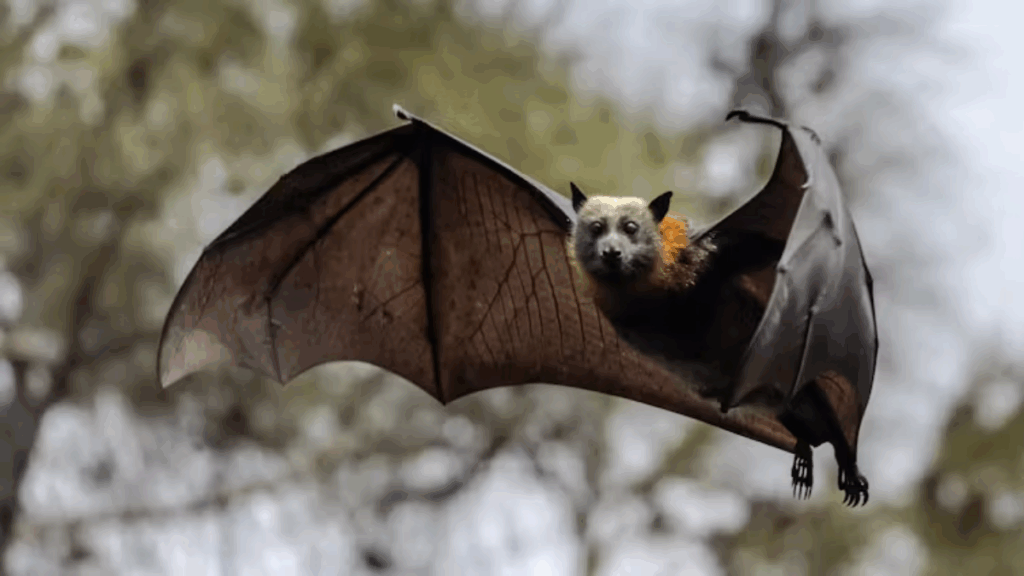
A man in his 50s has tragically died from lyssavirus in New South Wales, Australia, following a bat bite several months prior. This marks Australia’s fourth human case of bat lyssavirus and the first confirmed instance in New South Wales since the virus was first identified in 1996 in a black flying fox in Queensland.
The incident raises pressing questions about lyssavirus, its risks, and what actions should be taken if one comes into contact with a bat. Understanding this virus is crucial for public health, especially in regions where bats are prevalent.
What is Lyssavirus?
Australian bat lyssavirus is a member of the Rhabdoviridae family, which also includes the rabies virus. While it primarily infects bats, active monitoring indicates that fewer than 1% of healthy bats carry the virus, though this prevalence can rise to 5–10% in sick or injured bats.
In bats, the virus often presents no obvious symptoms, though some may exhibit neurological signs such as disorientation, aggression, muscle spasms, and paralysis. The virus has been confirmed in all four mainland flying fox species as well as the yellow-bellied sheathtail bat, a microbat species. Serological evidence suggests other microbats could also be susceptible, necessitating caution with all Australian bat species.
Human Infection: Rare but Serious
Unlike rabies, which causes approximately 59,000 human deaths annually, predominantly in Africa and Asia, human infection with bat lyssavirus is exceedingly rare. However, the potential severity of the disease makes it a significant public health concern.
Transmission to humans occurs through direct contact with infected bat saliva via bites, scratches, or open skin. The virus can also be transmitted if mucous membranes are exposed to bat saliva. Importantly, there is no risk from bat feces, urine, blood, or casual proximity to roosts.
“All four recorded human cases in Australia have been fatal.”
If exposed, the virus undergoes an incubation period ranging from weeks to over two years, during which it remains symptom-free. Treatment during this period can prevent illness, but once symptoms develop, the disease is invariably fatal. Symptoms mirror rabies, starting with flu-like signs and rapidly progressing to severe neurological disease.
Prevention and Treatment
Post-exposure prophylaxis, consisting of rabies antibodies and the rabies vaccine, is highly effective if administered promptly—preferably within 48 hours, and no later than seven days post-exposure. However, no effective treatment exists once symptoms manifest.
Emerging research on monoclonal antibodies offers hope for future therapies, but these are not yet available. Thus, prevention remains the best defense.
Protective Measures
Pre-exposure rabies vaccination is recommended for high-risk groups such as veterinarians, animal handlers, wildlife rehabilitators, and laboratory workers handling lyssaviruses. Public education campaigns are crucial to reduce risky interactions with bats, especially in populated areas.
“If bitten or scratched by a bat, wash the wound thoroughly with soap and water for at least 15 minutes, apply an antiseptic, and seek urgent medical attention.”
Implications and Future Steps
This tragic case underscores the importance of public awareness and vaccination for high-risk groups. Enhanced monitoring of bat populations and continued research into new treatments are vital to mitigate the threat posed by lyssavirus.
As the world becomes increasingly aware of zoonotic diseases, understanding and addressing the risks associated with lyssavirus is essential for public health. The recent case in New South Wales serves as a poignant reminder of the virus’s potential impact, despite its rarity.
Vinod Balasubramaniam, Associate Professor of Molecular Virology at Monash University, emphasizes the need for ongoing vigilance and public education to prevent future cases.
This article is republished from The Conversation under a Creative Commons license. Read the original article for more insights.






